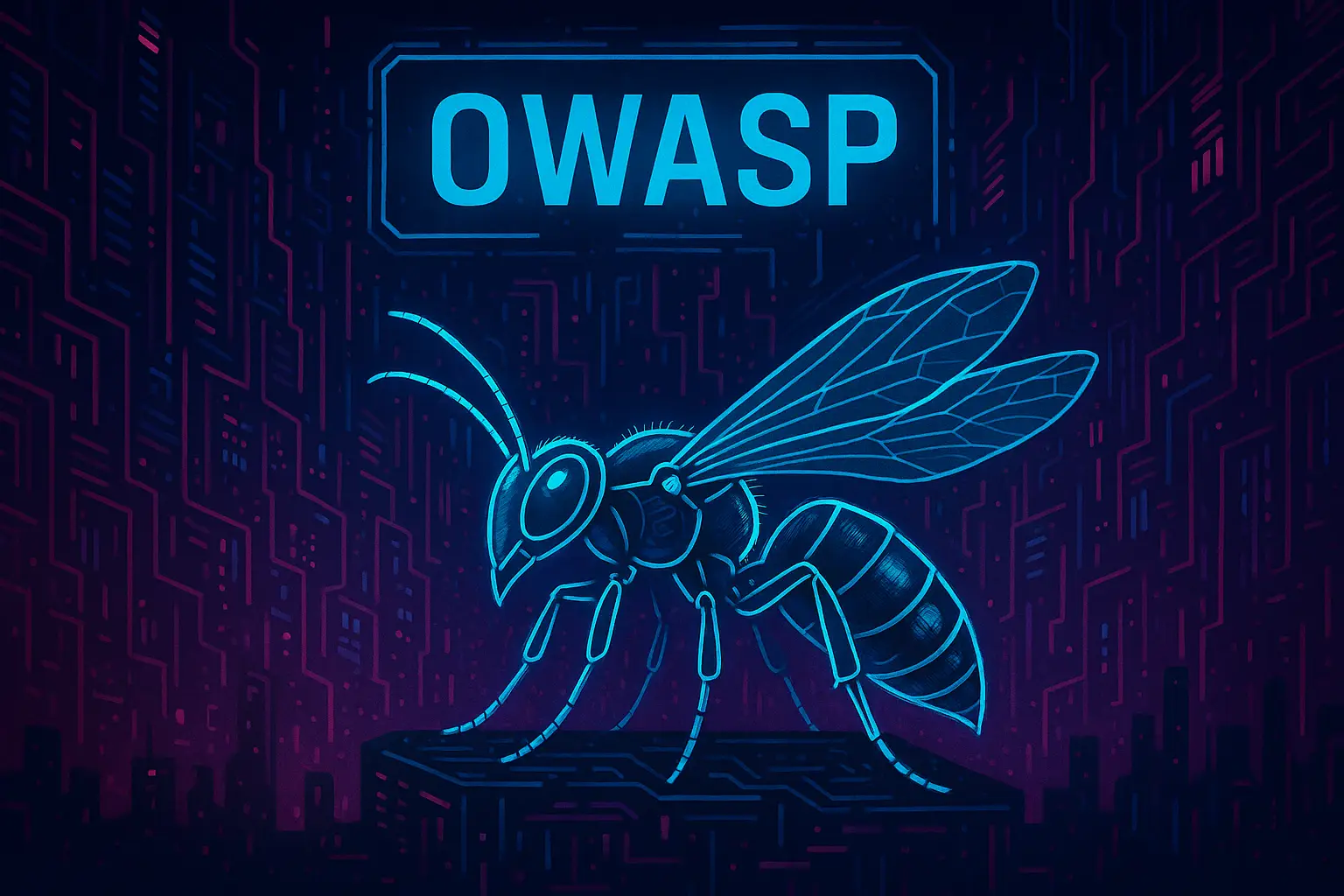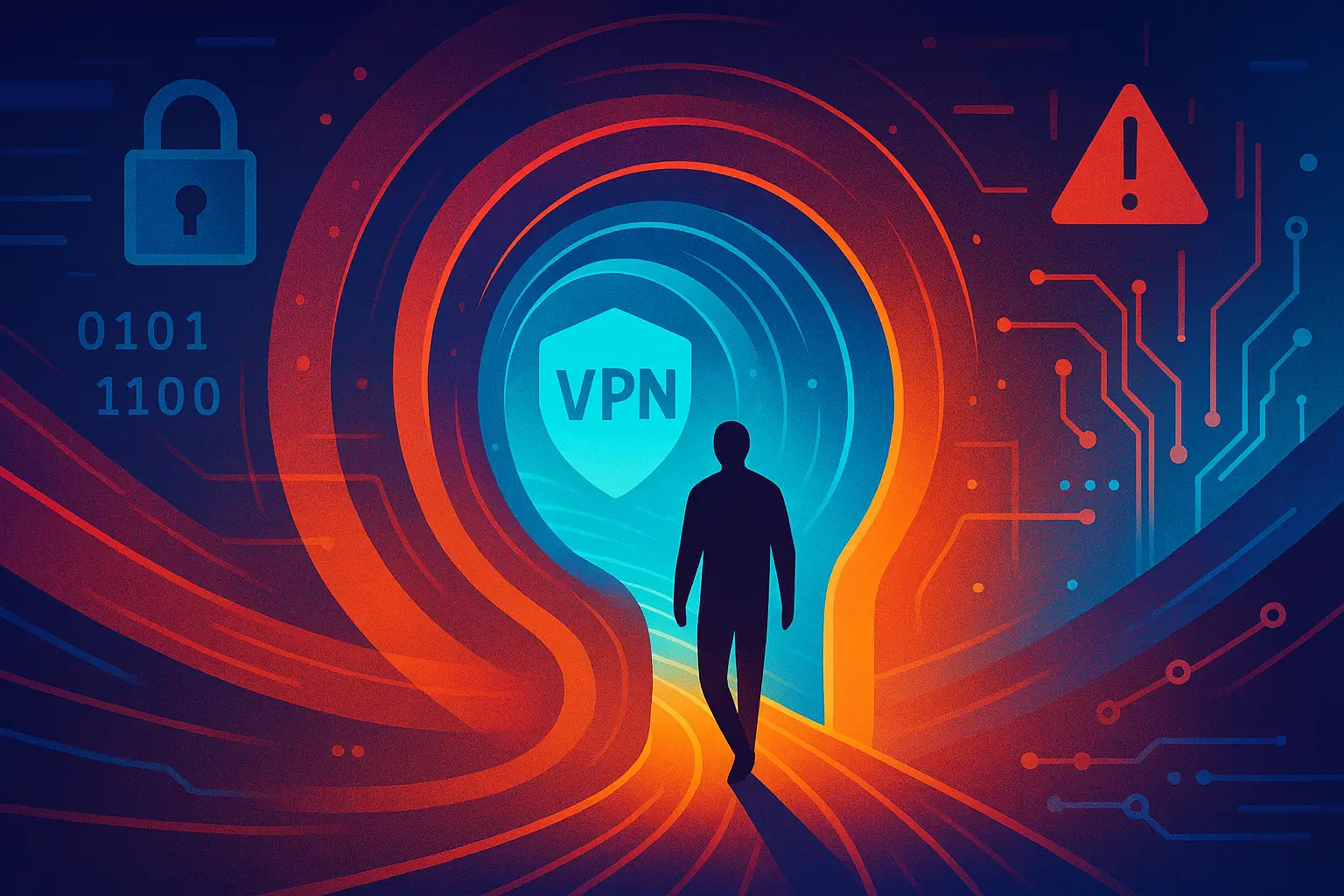As our world becomes increasingly complex, the need to protect people, assets, and information has surged to the forefront of public consciousness. These services are more than just a shield—they are vital partners in fostering peace of mind and ensuring safety in everyday life. Cyber Defence services, such as our SOC365 SOC as a Service, are indispensable in maintaining order and trust, from guarding critical infrastructure to safeguarding corporate interests. By leveraging advanced technologies such as artificial intelligence, and specialised training, they can identify vulnerabilities and address potential risks before they escalate. As we delve into the essential role of these services, we will uncover how they protect us and form the backbone of safe communities. Join us in exploring how defence security services are unlocking a safer future, resonating with the urgent needs of modern society.
The Essential Role of Proactive Cyber Defence in Today’s Urgent World
As our world becomes increasingly complex, the need to protect people, assets, and information has surged to the forefront of public consciousness. These services are more than just a shield—they are vital partners in fostering peace of mind and ensuring safety in everyday life. Cyber Defence services are indispensable in maintaining order and trust, from guarding critical infrastructure to safeguarding corporate interests. By leveraging advanced technologies and specialised training, they can identify vulnerabilities and address potential risks before they escalate. As we delve into the essential role of these services, we will uncover how they protect us and form the backbone of safe communities. Join us in exploring how defence security services are unlocking a safer future, resonating with the urgent needs of modern society.
The Importance of Proactive Cyber Defence in Today’s Society
The rapid integration of technology into every aspect of our lives has brought unprecedented convenience, but it has also exposed us to new vulnerabilities. Cyber threats are evolving at an alarming rate, with attackers becoming more sophisticated in their methods. As such, a reactive approach to cyber defence is no longer sufficient. Proactive measures are essential to anticipate and mitigate potential threats before they can cause significant harm.
Proactive cyber defence involves continuously monitoring networks, systems, and data to detect anomalies and potential threats early. This approach allows organisations to respond swiftly to incidents, preventing them from escalating into major security breaches. By proactively identifying and addressing vulnerabilities, businesses can protect their assets, maintain customer trust, and comply with regulatory requirements. The growing number of high-profile cyberattacks that have led to significant financial and reputational damage for organisations worldwide underscores the importance of this approach.
Moreover, proactive cyber defence is crucial for national security. Governments and defence agencies must safeguard critical infrastructure, including power grids, communication networks, and transportation systems, from cyber threats. A breach in these systems can have catastrophic consequences, disrupting essential services and endangering lives. By investing in proactive cyber defence capabilities, nations can enhance their resilience against cyberattacks and ensure the security and stability of their societies.
The Collective Effort in Cyber Defence Services
Cyber defence services encompass various strategies and technologies designed to protect digital assets from cyber threats. These services can be broadly classified into several categories, each addressing different aspects of cybersecurity. One of the most fundamental types is network security, which safeguards the integrity, confidentiality, and availability of data transmitted across networks. This includes implementing firewalls, intrusion detection systems, and encryption protocols to prevent unauthorised access and data breaches.
Endpoint security is another critical component of cyber defence services. With the proliferation of mobile devices, laptops, and other endpoints, securing these access points is essential to prevent malware infections and data theft. Endpoint security solutions typically include antivirus software, endpoint detection and response (EDR) tools, and mobile device management (MDM) systems. These tools help monitor and protect devices from malicious activities, ensuring that sensitive information remains secure.
Application security is a key component of cyber defence, protecting software applications from vulnerabilities and attacks. This involves conducting regular security assessments, implementing secure coding practices, and deploying web application firewalls (WAFs) to shield applications from threats like SQL injection, cross-site scripting, and other exploits. Additionally, identity and access management (IAM) services play a crucial role in cyber defence by ensuring that only authorised individuals have access to sensitive information and systems. IAM solutions include multi-factor authentication (MFA), single sign-on (SSO), and role-based access control (RBAC) mechanisms.
How Proactive Cyber Defence Enhances Public Safety
The impact of proactive cyber defence extends beyond the corporate sphere, significantly enhancing public safety. As our society becomes more interconnected, the potential for cyber threats to affect public services and infrastructure grows. Proactive cyber defence measures are essential to protect critical systems that underpin our daily lives, such as healthcare, transportation, and utilities. By safeguarding these systems, we can prevent disruptions that severely affect public safety.
For instance, healthcare systems rely heavily on digital technologies to manage patient records, coordinate care, and operate medical devices. A cyber-attack on a hospital’s network could compromise patient data, disrupt treatments, and even endanger lives. Proactive cyber defence strategies, such as regular security assessments, robust access controls, and continuous monitoring, can help healthcare providers detect and respond to threats before they cause harm. This ensures that healthcare services remain reliable and safe for patients.
Similarly, transportation systems, including airports, railways, and public transit, increasingly depend on digital infrastructure for operations and communication. A cyber-attack on these systems could result in service disruptions, delays, and safety hazards. By implementing proactive cyber defence measures, transportation authorities can detect and mitigate threats early, ensuring transit services’ smooth and secure operation. This enhances public safety by minimising the risk of accidents and ensuring people can travel safely.
Utilities like power grids and water supply systems are also critical to public safety. A cyber-attack on these systems could lead to widespread outages and disruptions, affecting millions. Proactive cyber defence strategies, including real-time monitoring, threat intelligence, and incident response plans, can help utilities detect and address threats before they escalate. By protecting these essential services, we can ensure that communities can access reliable and safe utilities.
The Role of AI Technology in Cyber Defence Services
Artificial intelligence (AI) technology is revolutionising cyber defence, offering powerful tools to enhance security measures and detect threats more effectively. AI-driven solutions can analyse vast amounts of data in real time, identifying patterns and anomalies that may indicate cyber threats. This capability allows organisations to respond to incidents swiftly and accurately, minimising the impact of cyberattacks.
One of the key applications of AI in cyber defence is threat intelligence. To identify potential threats, AI algorithms can analyse data from various sources, including network traffic, system logs, and external threat feeds. By correlating this information, AI can generate actionable insights and predictions about emerging threats, enabling organisations to take proactive measures. This enhances the ability to anticipate and mitigate risks before they cause harm.
AI-powered security tools, such as machine learning-based intrusion detection systems (IDS) and behavioural analytics, can detect and respond to threats in real-time. These tools can identify unusual activities and patterns that may indicate a cyber-attack, allowing security teams to investigate and address incidents promptly. AI’s ability to learn and adapt to new threats makes it a valuable asset in the ever-evolving cybersecurity landscape.
Moreover, AI can automate many aspects of cyber defence, reducing the burden on security teams and improving efficiency. For example, AI-driven automated response systems can take predefined actions to mitigate threats, such as isolating infected devices or blocking malicious traffic. This reduces the time required to respond to incidents and minimises the potential damage caused by cyberattacks. By integrating AI technology into cyber defence services, organisations can enhance their security posture and better protect their digital assets.
Challenges Facing Cyber Defence Services Today
Despite the advancements in cyber defence technologies, organisations face numerous challenges in protecting their digital assets. One of the most significant challenges is the ever-evolving nature of cyber threats. Attackers are constantly developing new techniques and strategies to bypass security measures, making it difficult for organisations to stay ahead. This requires continuous investment in research and development to keep up with the latest threats.
Another challenge is the shortage of skilled cybersecurity professionals. The demand for cyber defence expertise far exceeds the supply, leading to a talent gap in the industry. Organisations struggle to find qualified professionals to design, implement, and manage advanced security solutions. This shortage hampers the ability to respond to threats effectively and maintain robust security measures.
The complexity of modern IT environments also poses a challenge for cyber defence services. Organisations often have diverse and interconnected systems, including legacy infrastructure, cloud services, and mobile devices. Ensuring comprehensive security across these heterogeneous environments is a daunting task. Cyber defence teams must navigate this complexity and implement solutions that protect all aspects of the IT ecosystem.
Additionally, organisations face regulatory and compliance challenges in cybersecurity. Governments and industry bodies have established various regulations and standards to protect sensitive information and ensure the security of digital systems. Organisations must navigate these requirements and implement measures to comply with them, which can be resource-intensive and complex. Failure to comply with regulatory standards can result in legal consequences and reputational damage.
Future Trends in Cyber Defence Services
As the cyber threat landscape continues to evolve, several trends are shaping the future of cyber defence services. One of the most significant trends is the increasing adoption of artificial intelligence and machine learning technologies. These technologies enhance the ability to detect and respond to threats in real time, providing organisations with more robust security capabilities. AI-driven solutions will continue to play a crucial role in identifying patterns, predicting threats, and automating responses.
Another emerging trend is integrating cyber defence with other security domains, such as physical security and operational technology (OT) security. As organisations adopt the Internet of Things (IoT) and connect more devices to their networks, the convergence of cyber and physical security becomes essential. Cyber defence teams must collaborate with physical security experts to protect both digital and physical assets from threats.
The rise of cloud computing also influences the future of cyber defence services. As more organisations migrate to cloud environments, securing cloud infrastructure becomes paramount. Cloud providers are investing heavily in advanced security measures, and organisations must implement robust cloud security practices to protect their data and applications. The focus on cloud security will continue to grow as the adoption of cloud services expands.
Moreover, Zero-Trust security is gaining traction as a future trend in cyber defence. Zero-trust involves treating every access request as potentially malicious, regardless of its origin. This approach requires continuous verification of users and devices, strict access controls, and micro-segmentation of networks. Zero-trust principles transform how organisations approach security, ensuring that every layer of the IT environment is protected.
Conclusion: The Path Forward for Enhanced Cyber Defence
In conclusion, the essential role of proactive cyber defence in today’s world cannot be overstated. As digital transformation continues to reshape our society, protecting people, assets, and information from cyber threats becomes increasingly critical. By implementing proactive measures, leveraging advanced technologies, and addressing challenges head-on, organisations can enhance their security posture and safeguard their digital assets.
Emerging trends, including the adoption of AI and machine learning, the convergence of cyber and physical security, the focus on cloud security, and the implementation of Zero Trust principles, will shape the future of cyber defence services. These trends will drive innovation and improve the ability to effectively detect, respond to, and mitigate cyber threats.
Organisations must invest in proactive cyber defence strategies to unlock a safer future, continuously monitor and assess their security measures, and stay ahead of the evolving threat landscape. By doing so, they can protect their assets, maintain customer trust, and contribute to society’s stability and security. As we move forward, collaboration between governments, businesses, and cybersecurity experts will be essential in addressing the urgent needs of modern society and ensuring a safer world for all.






